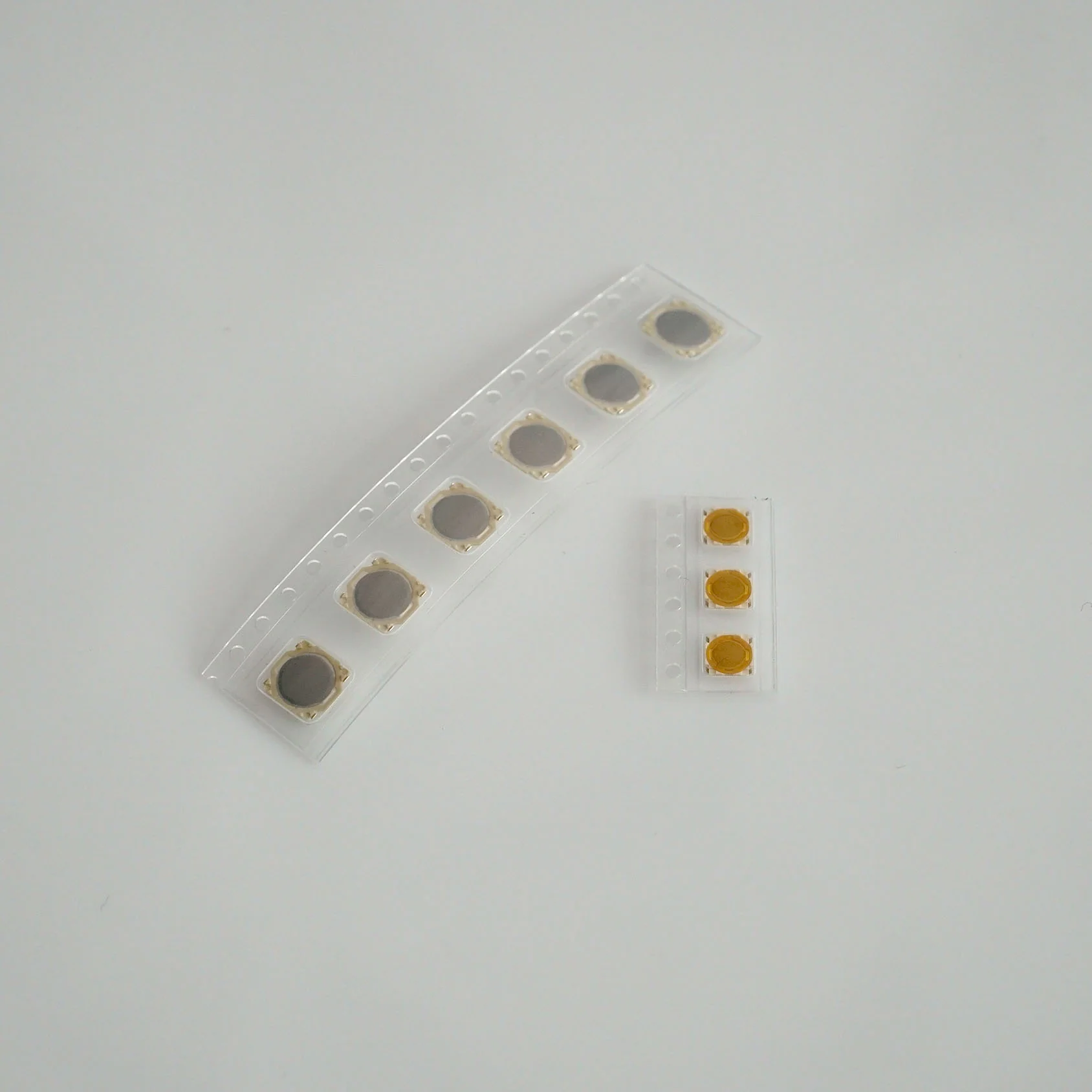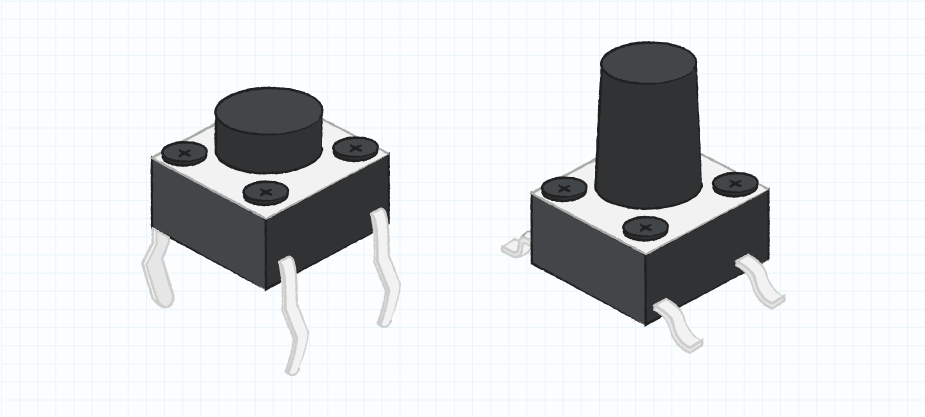Experience different actuation forces in tactile switches to match your preferences.
Understanding the Advantages of Tactile Changes for Enhanced Customer Experience
Tactile switches are essential to contemporary interface, offering physical responses that boosts interaction accuracy and individual fulfillment. These mechanisms are specifically valuable in settings where speed and accuracy are vital, such as in video gaming or professional settings. By offering a distinctive sensation upon activation, responsive switches validate individual inputs without the requirement to divert aesthetic interest, improving task implementation and lowering mistake rates. This mix of immediate physical feedback and integrity welcomes additional expedition into their more comprehensive ramifications and advantages.
Discovering the Mechanics of Tactile Switches
To comprehend just how responsive buttons boost customer experience, it is crucial to delve into their mechanics. Responsive switches operate with a system that individuals can feel and hear when a key is pushed.
The construction of these buttons differs, however usual products include metal for the calls and rubber or silicone for the tactile dome - tactile switches. These components are crafted to stand up to countless cycles, guaranteeing longevity and constant performance over time. This reliability makes tactile buttons especially favored in settings that require quick, exact individual input
Exactly How Tactile Feedback Boosts Precision and Rate
Lots of customers find that responsive feedback from switches substantially enhances both the precision and speed of their interactions with gadgets. The distinct physical sensation supplied when a tactile switch is activated allows individuals to validate their input without needing to ascertain visually. This confirmation is important in settings where attention is split throughout multiple tasks, as it makes sure inputs are both intentional and appropriate.
Additionally, the prompt feedback from tactile buttons lowers the time taken between activities. Users do not need to push tricks multiple times to guarantee activation, resulting in quicker response times. This performance is specifically advantageous in high-speed keying situations where each nanosecond can add to overall productivity.

Moreover, the boosted sensory experience reduces user fatigue and increases engagement, making interactions extra user-friendly and less susceptible to mistakes - tactile switches. Therefore, responsive switches not just boost the functionality of a tool but also add to a much more gratifying individual experience
The Function of Tactile Changes in Gaming Performance

Additionally, responsive switches add to faster response times. The physical sensation explanation verifies the vital press without the requirement to base out the keys, enabling quicker inputs and a smoother video gaming experience. This is particularly helpful in video image source games that demand fast and recurring keystrokes, where speed is usually as important as accuracy.

Tactile Buttons in Specialist Settings
Responsive buttons are similarly transformative in expert settings, where efficiency and ergonomic style improve productivity. These switches, commonly located in high-precision keyboards, are prized for their responsive responses. When pushed, they supply an obvious bump midway with the keypress, verifying activation without the requirement for full traveling. This attribute enables experts such as typists, designers, and information entry staffs to boost typing rate and precision, decreasing the risk of errors and the stress related to long term keyboard usage.
In setups like control spaces or studios, responsive switches are integrated into equipment for their dependable efficiency. They use drivers the certainty required in high-stakes atmospheres, guaranteeing that every command or modification is executed as intended. This dependability, paired with the tactile action, assists preserve high degrees of concentration and functional efficiency, crucial in maintaining operations and meeting expert criteria.
Comparing Tactile and Non-Tactile Customer Interfaces
Exactly how do responsive interface compare to their non-tactile equivalents? The key distinction lies in the responses offered to customers. Tactile interfaces, such as those with physical switches or distinctive surfaces, provide prompt physical feedback with touch. This sensory response can improve customer precision and rate, particularly in atmospheres where aesthetic attention should be split. Non-tactile user interfaces, like those with flat touchscreens, count on aesthetic or acoustic responses, which may not be as immediate or without effort refined.
The option between tactile and non-tactile user interfaces frequently depends you can try here upon the application's context and customer requirements. Tactile user interfaces are invaluable in circumstances needing operation without direct line of view, such as driving or in particular commercial settings. Conversely, non-tactile interfaces can be superior in tidy or clean and sterile settings where physical switches might harbor contaminants. Each type has its strengths, and the optimum option improves customer interaction, making sure performance and performance in user experience.

Conclusion
In verdict, responsive switches dramatically enhance individual experiences by supplying essential physical feedback. By using a much more user-friendly and rewarding communication, responsive buttons prove exceptional to non-tactile interfaces, making them a favored selection for users looking for integrity and efficiency in their interactions with innovation.